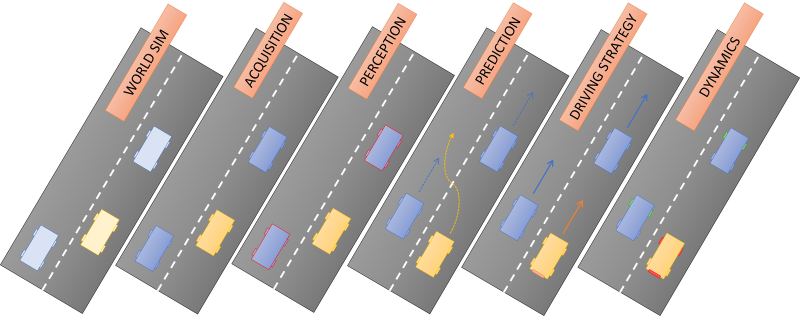Every sizable problem can - and should systematically - be approached with method. Well-known one is to draft big picture prior to engage anything else. One drawback of such a method is to first agree upon which level the big picture should land at. One rule of thumb in that matter is to consider what you think obvious at first sight as first-class citizen. Everything you usually consider as advantages such as prior knowledge, context awareness, effective skills will play against you in this journey. Ignoring them all makes your audience looks like a 10 years old kid. So, how should you deal with this kid?
For those who will argue we aren’t likely to have to explain complex topic to a 10 years old kid, and thus we are wasting time, I am used to answer them they should be surprised. YMMV but refrain yourself to take something for granted. You could consider red being red and green being green, as 1+1=2. But your color conviction will tear apart the first time you will meet color blind folks (for example, pretty sure colors used in this post do not suit everyone).
Autonomous Driving
Every technical significant journey arises from an epiphany. As promising and appealing as they may sound, Advanced Driver-Assistance Systems and Autonomous Driving will not succeed unless they earn the trust of population. Only compelling testing campaign can enforce people safety and ensure solution adoption. And this comes with an overwhelming price industry must cope with. Millions of scenarios repeated thousands of times. At least. All actors reached the same conclusion: the only viable solution is to leverage digital simulation.
But what digital simulation means there? Obviously, one could start with exhaustive and complex explanation and materials to showcase that:
- Problem space is sizable. Of course, it is. Otherwise, we are useless.
- Tremendous work needs to be done. Of course, it is. Otherwise, we could not invoice.
- Portfolio can accommodate use cases (and (far) beyond). Without spotlighting your offer, you cannot value your own business.
But, remember the audience is by nature heterogenous. And this trait tends to amplify within huge ecosystem. How to ensure we can keep things at a level where every single actor can grasp:
- where he lands in the ecosystem
- what contract he has to fulfil for the community
- how he interacts with others, especially neighbor ones
Once upon a time
Imagine now you have to story tell the Autonomous Driving algorithm to a 10 years old kid:
Should you engage with 4A0 blueprint(s), materializing all insights? Should you engage with exhaustive sheet(s), listing needed facilities and matching resources? Should you engage with entire slide deck(s), blurring the lines with #DropYourFramework and #ShowcaseMyBrand?
Of course, this is a work of fiction. Any similarity to past or ongoing persons, events or methods is purely coincidental…
KISS principle awareness is unmatched, apart from the low-rate principle is effectively used. Luckily, we can apply it in our case. In fact, high-level Autonomous Driving algorithm can be expressed with the below schema, materializing stages and sequence. Each stage is properly named, sticking to domain Ubiquitous Language, and complemented by a single picture, capturing the underlying intent. Reusing a single picture template enforces consistency and allows for comparison between stages. Prerequisites are gently set, as only basics knowledge is necessary to grasp pictures. Mission completed!

You are HERE
Once material is defined, one could also couple it with the map analogy we discussed earlier, highlighting current topic while providing context. Below picture makes obvious we are focusing on Acquisition and Perception stages, but enforces we are discussing those topics with regards to their integration in the full Autonomous Driving sequence.
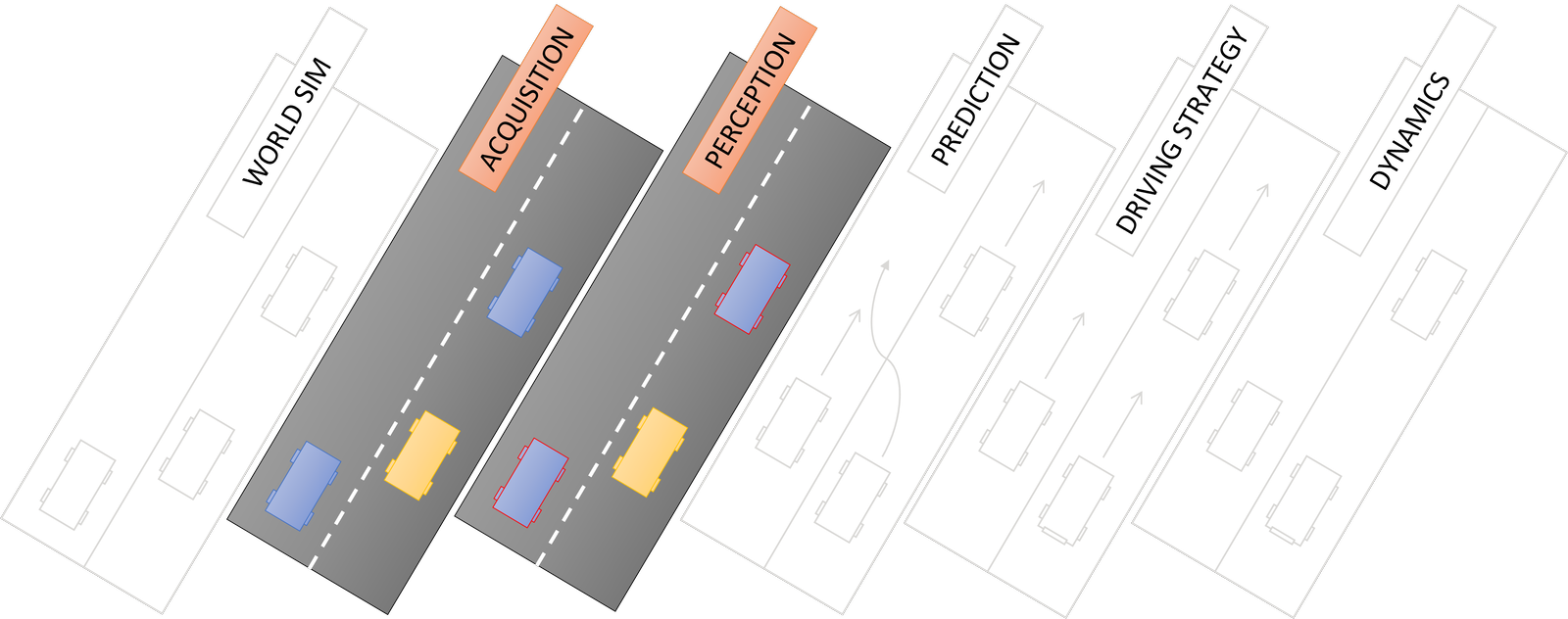
Anchoring
Every stage is composed by multiple dimensions (requirements, architecture, resources, UX, …). One should be able to process them one by one, but also be able to easily tidy up, correlate and compare them.
To do so, one may consider leveraging this material to articulate, stitch and correlate underlying dimensions, making material thumbnail acting as stage ID card, speeding up context identification.
Have a look below where we attach stage description to thumbnail, and layout multiple stages to ease comparison. See how thumbnail decreases cognitive load, compared to using plain old stage name instead. And remember last time you have to compare different products on the web, and how this pattern was used the same way.
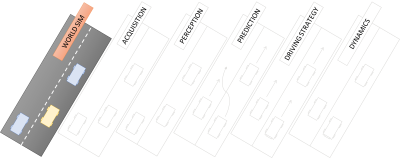 |
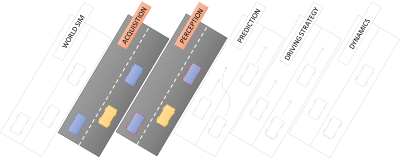 |
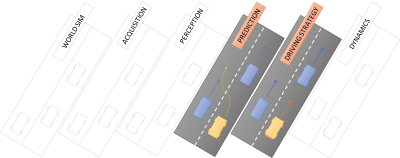 |
|---|---|---|
| Unfolds storyboard. | Ingests world state. | Consolidates perception inputs. |
| Aggregates sub-systems contribution, such as traffic & driver behavior. |
Performs sensor acquisition. | Runs decision algorithm. |
| Provides world state. | Runs perception algorithm. | Decides vehicle commands. |
Closing
Surfacing compelling big picture from complex underlying ecosystem is not an easy deal. One effective way to achieve it is to popularize topic so that a 10 years old kid could understand it. Once done, it can even become a useful tool to set the scene for newcomers, stitch satellite materials and support brainstorming/decision making.
Crafting the big picture can be done by addition, starting from a blank page, aggregating but the necessary things. But one could also start from existing materials and proceed the other way around, removing unnecessary things to end up with core insight only. Fumito Ueda, a famous Japanese game designer, formalizes this approach as subtracting design and you may find helpful to apply it in your daily work (documentation, code, test).
